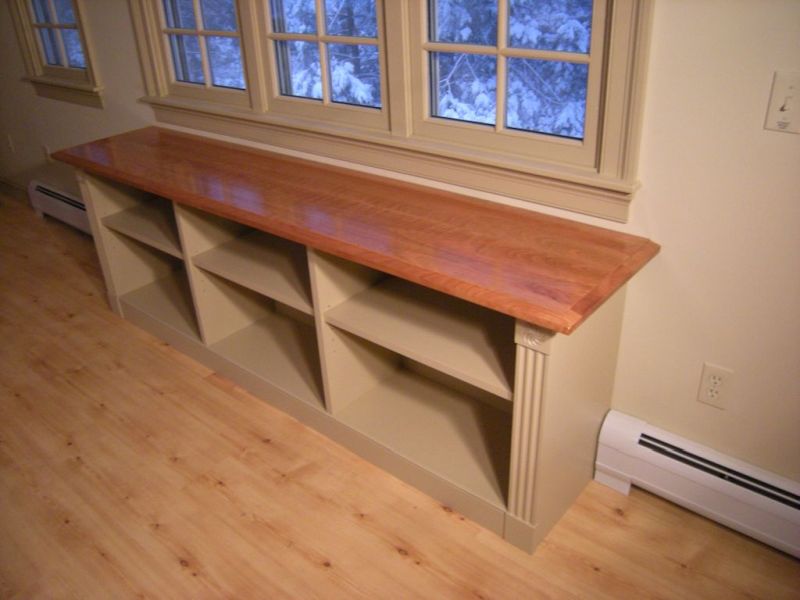Cleaning Silicone Adhesive off Finished Wood
Silicone is hard to get off finished surfaces without damaging the finish. Here are some tips. February 15, 2009
Question
A client called me today about some silicone adhesive that a handyman left on some furniture I built for her. I am not sure how long it has dried on there but it has been a while. Any ideas of how to remove it without damaging the finish?
Forum Responses
(Finishing Forum)
From contributor T:
Naphtha? Maybe it will roll off with finger pushing. Damage is a relative term, you would probably have some burnishing of the finish to address after (if) you get it off.
From contributor S:
What exactly is the coating on this furniture?
From the original questioner:
It’s a precat lacquer.
From contributor S:
Your answer is not exactly what I asked, nevertheless, will your pre-cat hold up to xylene or (less likely) toulene? Peel off the silicone adhesive as much as you can, most of it should peel off. Then, if your pre-cat will hold up to a swipe with xylene, you should be able to get it off. You may have to tweak it back to proper sheen, but that shouldn't be too difficult.
From contributor D:
I've been using a household product for instances like this and it hasn't let me down yet, although I’ve not had to remove any silicone adhesive. It's called DE-SOLV-IT. I get it at the grocery store. It's a citrusy type product. and it's supposedly (so far) safe on finishes.
From contributor G:
This is a subject we deal with in the Solid Surface and Stone industries all the time. We offer a safe, non-hazardous product called DSR-5 and it’s been around for years. While there are plenty of toxic chemicals that will melt silicone away in no time, it will also damage what the silicone is on. You can put a bead of silicone on the hood of your car, smear it, let it dry, whatever and a spray of DSR-5 worked with your finger nail will remove the silicone without doing a thing to the paint. It’s very safe to work with.

